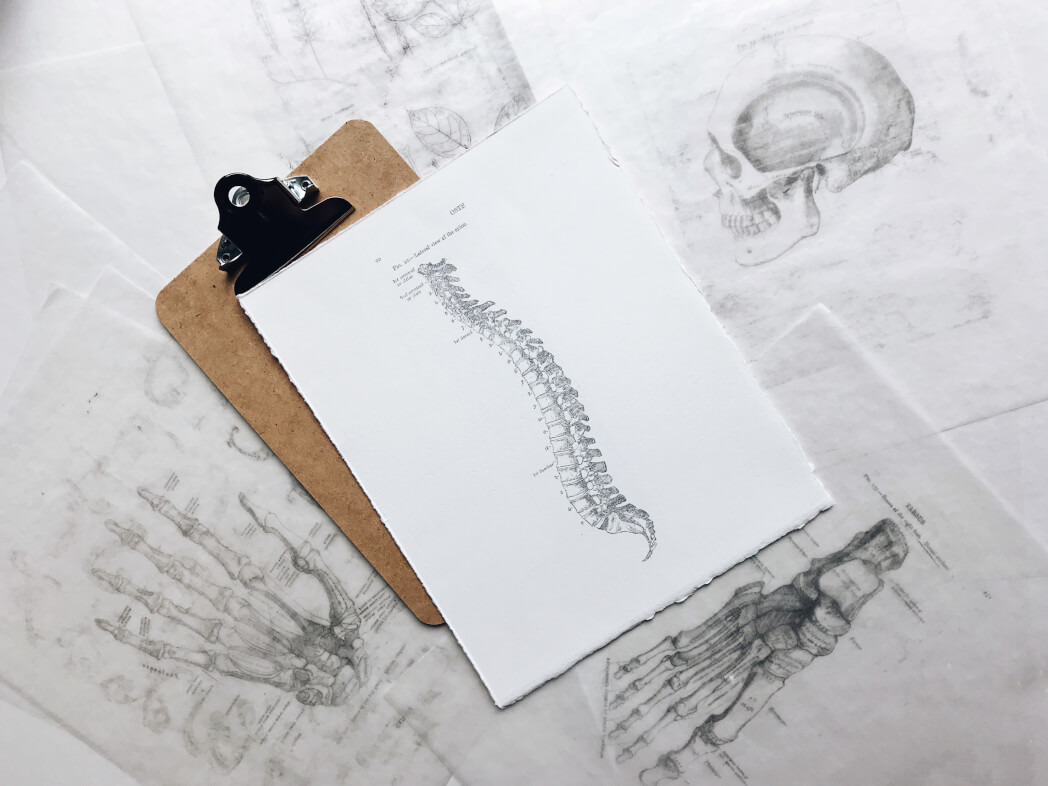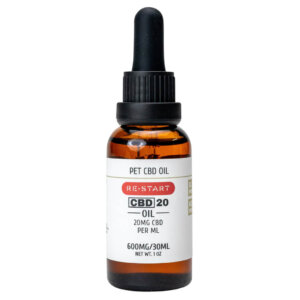Be Our Valentine! Use Code VDAYTREAT for a FREE THC gummy & RESTART Valentine with $75+ purchase
SHOP VALENTINE’S DAY SPECIALS

Terpenes are found in all plants, meaning you’ve most likely come across many of them in nature, even if inadvertently.
If you drink orange juice, you’ve encountered Delta 3 Carene. It is a simple terpene found in cannabis and other plants. It exudes an earthy, cedar-like aroma with citrus notes. It is found in bell peppers, basil, rosemary, and other trees and herbs and is the primary constituent of turpentine.
It may repair damaged bones, combat inflammation and promote mental focus and concentration.
Delta-3-carene, sometimes hyphenated delta-3-carene, 3-carene, Δ3 or simply carene, is found in cannabis and other plants. Delta-3-carene is a naturally occurring component of turpentine.
The terpene features a sweet, pungently herbal, and earthy scent found in citrus, cypress, and pinewood. Cedar and pine trees naturally produce delta-3-carene, as do herbs such as basil, rosemary, and some peppers.
The terpene is known for its unique ability to draw out liquids and is sometimes included in antihistamine remedies. Although these reports are anecdotal, Delta 3 carene’s drying ability contributes to the side effects of dry mouth/cottonmouth and red eyes among cannabis users.
We still have a long way to go to understand the complete usefulness of terpenes. Still, the existing research on delta 3 carene supports a host of positive potential benefits in treating certain medical conditions.
Evidence points to delta 3-carene as a beneficial anti-inflammatory.
And some research suggests that delta 3 carene’s presence in juniper oil was a beneficial alternative in combating fungal infections, pointing to its potential use as an antifungal agent and treatment.
Current research shows few, but some, detrimental effects from consuming or topically using delta 3 carene. As a component of industrial wood dust, delta 3 carene can contribute to skin, eye, and lung irritation and inflammation.
The ability of the terpene to dry out body fluids can also cause mild irritation to the throat and respiratory tract when overused. It is responsible for the cottonmouth experience and development of dry, reddened eyes when consuming cannabis.
The mouth-drying ability is not ideal for those wanting to avoid gum inflammation or excessive plaque formation, although this can be mitigated somewhat by drinking water, avoiding too much sugar, and eating well.
SIGN UP FOR THE RESTART ROUNDUP:
FOR EXCLUSIVE DISCOUNTS, FREE SAMPLES, CANNABIS ADVOCACY, EDUCATION, & SO MUCH MORE.

2521 Rutland Dr #150A
Austin, TX 78758
(512) 843-7223
Mon-Sat 10am-7pm
Closed Sunday
Curbside Pickup & Delivery

Pick-up Location only @ Progressive Insurance
13402 Anderson Mill Rd
Cedar Park, TX 78613
(512) 817-4537
Mon-Fri 10am-5pm
Curbside Pickup
© RESTART LLC SINCE 2018-2024 • TERMS OF SERVICE • STORE POLICIES • PRIVACY POLICY • RETURNS & EXCHANGES
FDA DISCLAIMER:
The statements made regarding these products have not been evaluated by the Food and Drug Administration. The efficacy of these products has not been confirmed by FDA-approved research. These products are not intended to diagnose, treat, cure, or prevent any disease. All information presented here is not meant as a substitute for or alternative to information from health care practitioners. Please consult your health care professional about potential interactions or other possible complications before using any product. The Federal Food, Drug, and Cosmetic Act require this notice.
*LIMIT ONE COUPON PER PURCHASE. COUPON CANNOT BE USED IN CONJUCTION WITH OTHER COUPONS.